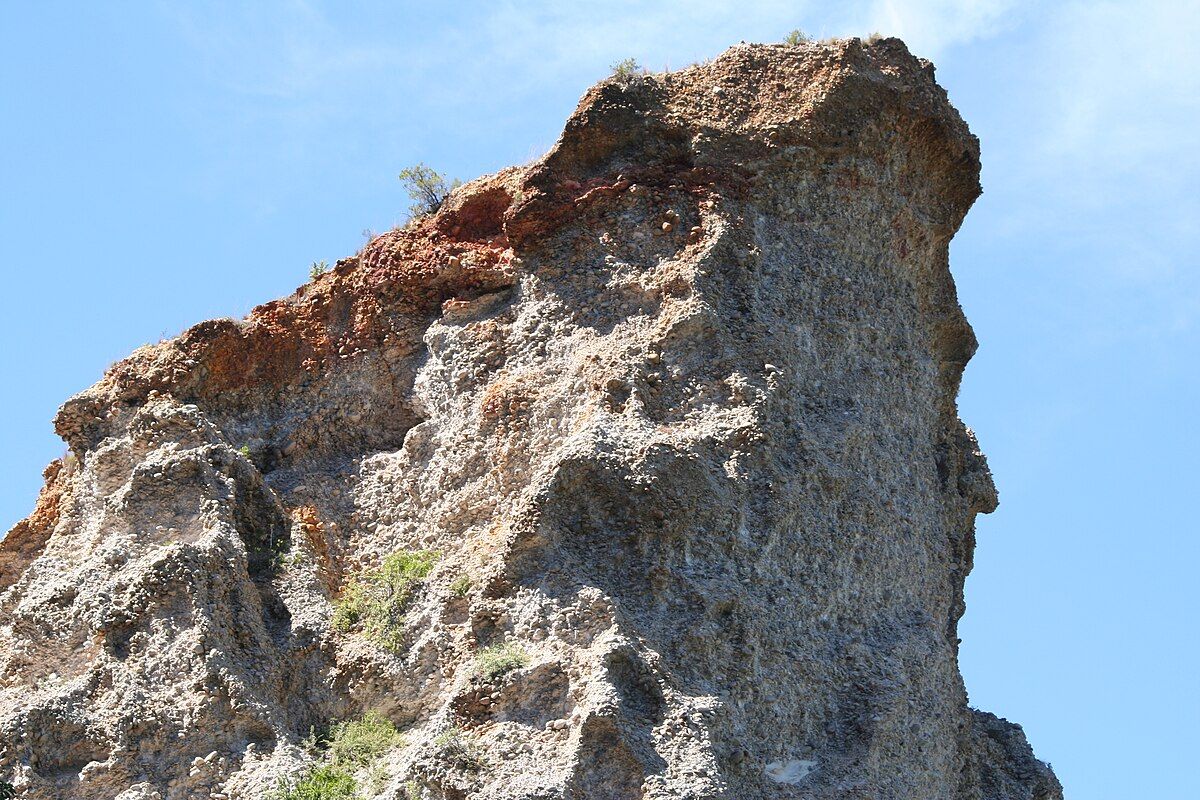
What are alluvial fans? Alluvial fans are cone-shaped deposits of sediment crossed and built up by streams. They form where a high-gradient stream flattens, slows, and spreads, typically at the exit of a canyon onto a flatter plain. These fans are made up of gravel, sand, silt, and clay. Why are they important? Alluvial fans play a crucial role in shaping landscapes and ecosystems. They can create fertile soils for agriculture, influence water flow, and even impact human settlements. Where can you find them? Alluvial fans are found worldwide, from the deserts of Nevada to the foothills of the Himalayas. Understanding these natural formations helps us appreciate the dynamic processes that shape our planet.
What is Alluvial Soil?
Alluvial soil is a type of soil deposited by rivers and streams. It is known for its fertility and is often found in river valleys and floodplains. Let's dive into some fascinating facts about this soil type.
- Alluvial soil is formed by the deposition of sediments carried by rivers and streams.
- It is typically found in river valleys, floodplains, and deltas.
- This soil is rich in nutrients, making it highly fertile and ideal for agriculture.
- Alluvial soil is usually composed of sand, silt, clay, and organic matter.
- It is often light to dark brown in color, depending on the organic content.
- The texture of alluvial soil can vary from sandy to clayey, depending on the sediment composition.
Where is Alluvial Soil Found?
Alluvial soil is widespread and can be found in various parts of the world. Here are some key locations where this soil type is commonly found.
- The Indo-Gangetic Plain in India and Pakistan is one of the largest alluvial soil regions in the world.
- The Nile Delta in Egypt is another significant area with extensive alluvial soil deposits.
- The Mississippi River Basin in the United States is known for its rich alluvial soil.
- The Yellow River Basin in China has vast areas of fertile alluvial soil.
- The Amazon Basin in South America is also home to extensive alluvial soil deposits.
Importance of Alluvial Soil in Agriculture
Alluvial soil plays a crucial role in agriculture due to its high fertility. Here are some reasons why it is so important for farming.
- Alluvial soil is rich in essential nutrients like nitrogen, phosphorus, and potassium.
- It has good water-holding capacity, which helps in the growth of crops.
- This soil type is easy to till and work with, making it ideal for farming.
- Alluvial soil supports the growth of a wide variety of crops, including rice, wheat, sugarcane, and cotton.
- It helps in maintaining soil fertility over time, reducing the need for chemical fertilizers.
Characteristics of Alluvial Soil
Alluvial soil has several unique characteristics that make it distinct from other soil types. Let's explore some of these features.
- Alluvial soil is highly porous, allowing for good drainage and aeration.
- It has a high moisture-retention capacity, which is beneficial for crop growth.
- The soil is usually well-structured, with a balanced mix of sand, silt, and clay.
- Alluvial soil is often rich in organic matter, which enhances its fertility.
- It is generally free from stones and gravel, making it easy to plow and cultivate.
Environmental Impact of Alluvial Soil
Alluvial soil has both positive and negative impacts on the environment. Here are some key points to consider.
- Alluvial soil helps in the natural filtration of water, improving water quality.
- It supports diverse ecosystems, providing habitat for various plant and animal species.
- The soil can help in controlling floods by absorbing excess water during heavy rains.
- However, excessive use of alluvial soil for agriculture can lead to soil erosion and degradation.
- Deforestation and overgrazing in alluvial soil regions can result in loss of soil fertility and biodiversity.
Human Activities and Alluvial Soil
Human activities have a significant impact on alluvial soil. Here are some ways in which human actions affect this soil type.
- Irrigation practices can enhance the fertility of alluvial soil, but improper irrigation can lead to salinization.
- Urbanization and construction activities can lead to the loss of alluvial soil areas.
- Sustainable farming practices can help in preserving the fertility and health of alluvial soil.
The Final Scoop on Alluvial Fans
Alluvial fans are nature's way of spreading out. Formed by sediment deposits from flowing water, they create fertile grounds for agriculture and unique ecosystems. Found worldwide, these fans are vital for understanding geological processes and environmental changes. They also play a crucial role in water management and flood control.
From their formation to their impact on human life, alluvial fans are more than just geological features. They tell stories of Earth's history and continue to shape our landscapes. Whether you're a student, a nature enthusiast, or just curious, knowing about alluvial fans adds a layer of appreciation for the natural world.
So next time you see a fan-shaped deposit of sediment, you'll know it's not just dirt—it's a piece of Earth's dynamic puzzle. Keep exploring, and you'll find there's always more to learn.
Was this page helpful?
Our commitment to delivering trustworthy and engaging content is at the heart of what we do. Each fact on our site is contributed by real users like you, bringing a wealth of diverse insights and information. To ensure the highest standards of accuracy and reliability, our dedicated editors meticulously review each submission. This process guarantees that the facts we share are not only fascinating but also credible. Trust in our commitment to quality and authenticity as you explore and learn with us.
